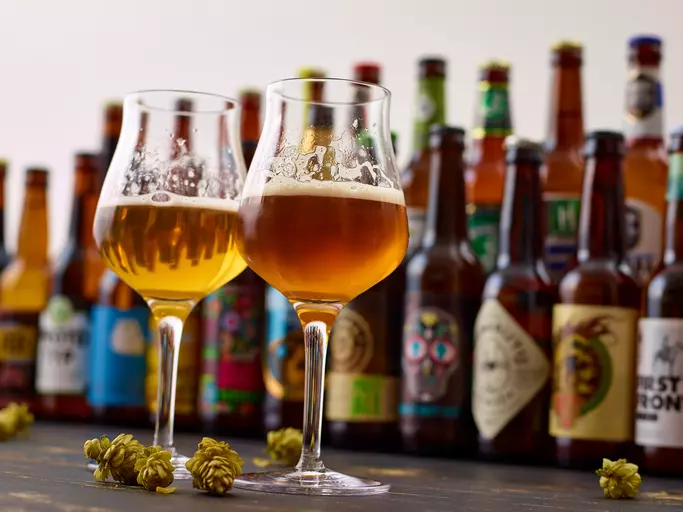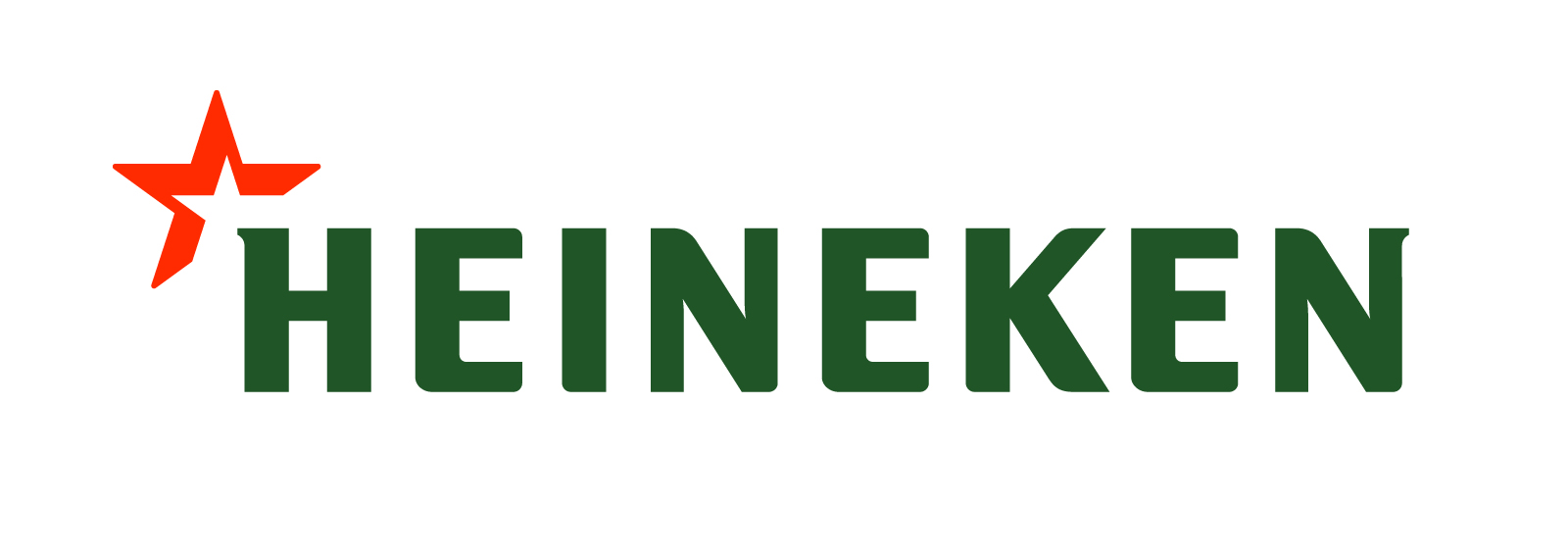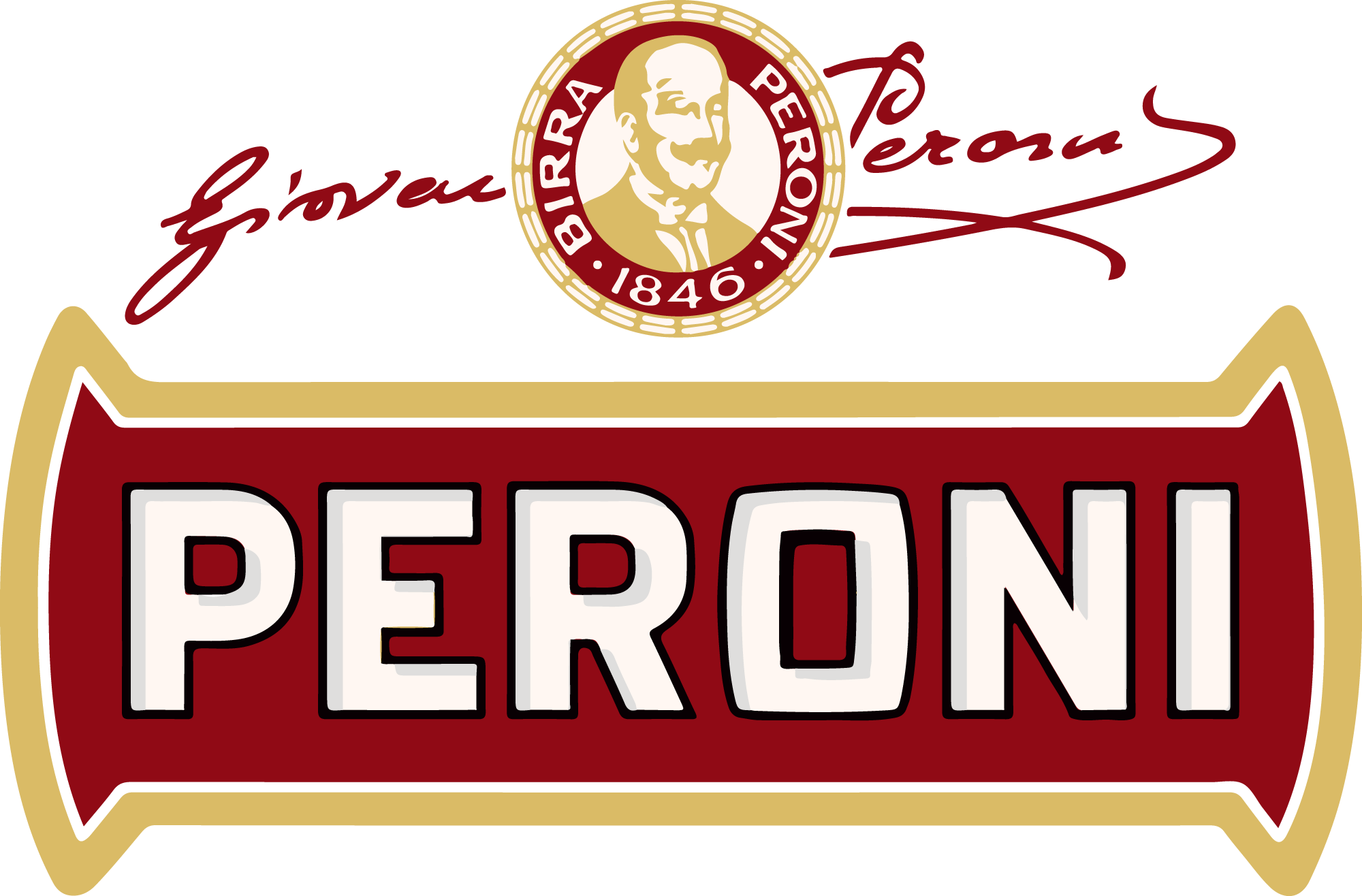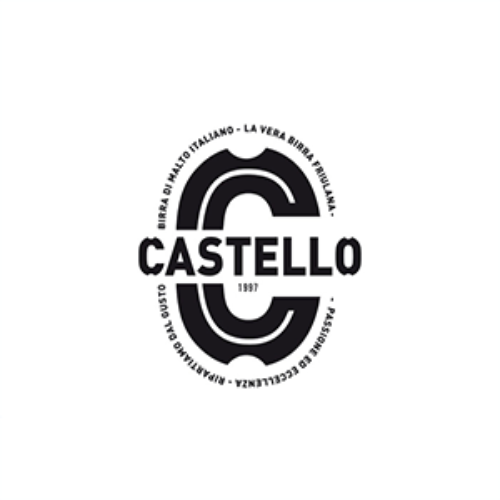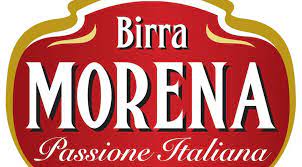Summary
The Italian beer market fell to 15.8 million hectolitres in 2020 due to the COVID-19 pandemic. Consumption also slowed from 35.2 liters per capita to 31.5 liters in 2020, with a shift towards home consumption (73% home, compared with 64% the previous year). Italy's beer imports decreased from 7.4 million hectolitres to 6.3 million hectolitres in 2020, while exports fell slightly to 3.3 million hectolitres. Regulatory taxes also played a role, with excise duties on beer amounting to 711 million euros in 2020.
Despite these difficulties, there is a growing interest in specialty beers and a move towards online purchasing and consumption, as evidenced by thethis is evidenced by the fact that 40% of those surveyed take part in virtual social events, with beer often being consumed by 17% of them during these gatherings. The main players in the Italian market are international brewers Anheuser-Busch InBev, Heineken Italy and the Carlsberg Brewerie group, as well as local companies such as Peroni Beer, Castello beer and Morena beer.
Italian beer consumption market: An analysis of market trends
In the Italian market, beer has traditionally taken a back seat to wine; however, in recent years there has been a noticeable shift. While wine remains a popular choice among Italians, the beer sector has grown considerably, marking a new era in the country's drinking habits. Overall beer production in the country rose to around 17.3 million hectolitres, before declining slightly in 2020. This growth in production has been accompanied by an increase in demand for beer, with consumption reaching around 21 million hectolitres, while imports and exports have both risen, with beer imports in 2020 estimated at between €650 and €700 million and exports at between €250 and €300 million.
The Italian beer market has shown resilience and adaptability to trends, as evidenced by the growing interestinterest in specialty beers, which grew by almost 50% in volume and 70% in value. Factors such as local production and the diversity of beer characteristics have influenced consumer preferences.
A significant number of Italians attach importance to the Made-in-Italy label when choosing their beers, and more than half appreciate specialty beers both on and off-trade. In terms of consumer behavior, it's clear that beer is appreciated by all demographics, with the highest appreciation among those aged 25-64. Geographically, beer consumption is relatively uniform across the country, with a concentration in regions such as Calabria, Emilia-Romagna and Friuli-Venezia Giulia. The Italian market has adopted a fragmented industrial structure, with a notable expansion of the microbrewery sector, which has increased more than six-fold. In the face of the COVID-19 pandemic, the market faced challenges such as a drop in production and changes in consumption habits.
Shifting from social to home consumption, the pandemic led almost a quarter of the population to increase their beer consumption, and a large proportion to participate in online social events where beer was frequently chosen as the beverage. In the beer market, standard beers account for the largest share of sales, at around 42%, followed by speciality beers and premium beers, which each hold around a quarter of the market. The pandemic has further accelerated changes in distribution channels, with greater reliance on off-trade sales. Italians still prefer to buy their beer in physical stores.
Dominant forces in the Italian beer market: international giants and national champions
The Italian beer market is a dynamic landscape marked by the influence of global giants and proud local counterparts.
- At the forefront of the sector's international presence are Anheuser-Busch InBev, Heineken Italy and the Carlsberg Breweries Group, each with a significant footprint and shaping market dynamics through their renowned brands and competitive strategies.
- Anheuser-Busch InBev, the world leader, has a considerable impact on the market thanks to its diversified portfolio of beers, responding to different consumer preferences and consolidating its place as a dominant force. Its strategic marketing and extensive distribution network enable it to reach a wide audience throughout the country. Heineken Italy is one of the most popular beer brands on the Italian peninsula. It offers a wide range of beers, from classic lagers to more refined and innovative beers. Its commitment to quality and rich heritage resonate with Italian beer lovers, helping to consolidate its market position.
- The Carlsberg Breweries group, through its Kronenbourg brand, among others, offers an alternative to beer lovers in search of international flavors. The emphasis on tradition, combined with contemporary brewing techniques, has helped create a strong following in the Italian community. On the home front, Peroni is a pillar of Italian brewing.
- Thanks to its strong national identity and associations with Italian culture and lifestyle, Peroni retains a loyal customer base. Its beers are not only appreciated at home, they have also become ambassadors of Italian brewing excellence abroad.
- Other Italian players, such as Castello beer, uphold the value of regional tastes and traditions. Their commitment to making beers that reflect local heritage broadens consumer choice and nurtures the cultural richness of the Italian beer sector.
- Finally, smaller but passionate entities, such as Morena beer, testify to the diversity of the Italian craft beer movement. Their emphasis on unique recipes and artisanal production methods adds depth to the industry, attracting those seeking a more personalized, niche beer-drinking experience.
The juxtaposition of international giants and the pride of local brewers creates a diverse and competitive Italian beer market, where consumers can navigate a global village of tastes while remaining rooted in their own rich brewing traditions.
to understand this market
Detailed content
 Inforamtion
Inforamtion
- Number of pages : 30 pages
- Format : Digital and PDF versions
- Last update : 25/08/2021
 Summary and extracts
Summary and extracts
1 Market Summary
1.1 Definition and presentation
Beer is an alcoholic beverage made through four ingredients:
- Water
- Barley malt (cereal derivative)
- Yeast
- Hops
The origins of beer are very ancient and date back to about 5,000 years ago in Asia, a time when the beverage was mainly used with religious and ritual significance.
In Italy beer played a secondary role for centuries, Italians in fact appreciated wine more; until the mid-19th century beer consumption was limited to true enthusiasts, but by the end of the same century there were about 140 entrepreneurial businesses. From then to now the path of beer has changed considerably, and in the last decade it has shown steady growth in Italy. Although Italians' preferences for wine remain, beer is among the most produced, exported and consumed beverages in the territory. In fact, once again in 2018 there has been a growth in the per capita consumption of beer, a drink that is also progressively conquering a greater number of enthusiasts, without gender or age discrimination.
The Italian beer market will be gradually influenced by considerable transformations regarding the conceptual (meaning) and functional (consumption habits) equivalence of the drink, demographic changes and the growing position occupied by craft production in the hearts of Italians.
1.2 The European market
In ****, retail beer sales in Europe were estimated at $*** billion, accounting for the largest share (***).
Value of retail alcohol sales by category Europe, ****, in % Source: ****
Looking at the history of beer sales, we can see a slight growth over the period ****-**** with a CAGR of +*.*% over the period. This growth ...
1.3 The Italian market
beer production has been growing since ****, and consumption is following the same trend. As the chart below shows, production went from a volume of **.* million hectoliters to one of **.* million hectoliters in ****, before declining in ****. Consumption, on the other hand, reached a volume of **.* million hectoliters in ****, a considerable growth since ...
1.4 Imports and exports
beer imports and exports have been growing for years, as the chart below shows. In fact, exports went from a value of ***.* million in ****, to a value of ***.* million in ****, registering a CAGR of *.* percent over the period. As for imports, they were worth ***.* million euros in **** and reached a value ...
1.5 Impact of Covid-19
The COVID-** pandemic had devastating effects on many markets and industries. Because of the nature of the virus (***) sanitary measures were put in place, the most significant of which were mandatory, government-mandated closures that kept people at home and halted most economic activities. Italy, being the first European country affected by ...
2 Demand analysis
2.1 Demand characteristics
Beer in Italy has always enjoyed a privileged position in Italians' preferences, second only to wine. (***)Its consumption has also been driven in recent years by the increase in per capita dwgli alcohol consumption, as the graph below shows. In fact, within * years the latter has increased from **.* liters in **** to ...
2.2 Beer conquers Italians' drinking habits
beer and wine have historically been popular spirits among Italians. In recent decades, however, there has been a reversal in the popularity of wine compared to beer. While in **** wine was consumed in almost double the amount of beer, in **** the per capita consumption of the two spirits is almost identical, ...
2.3 Growing interest in specialty beers
Specialty beers
The category of specialty beers includes all types of beer other than lagers, by origin, taste and/or alcohol content. Between **** and ****, the said category grew impressively in both volume (***).[***]
Specialty beer consumption occasions
A survey conducted by Doxa on the Italian territory on the consumption of special beers ...
3 Market structure
3.1 Value chain and beer market structure
The Italian beer value chain consists of four categories of activities:
Each activity adds value to the economy in the form of "shared value." Shared value is composed of the added value of production, employment, levy, and economic impacts; and in **** amounted to *.* billion euros.
Source: ****
A closer look at each ...
3.2 Production
Diagram of production of one hectoliter of beerItaly, ****
The raw materials used in Italy to produce **.** million hectoliters of beer are shown below:
Source: ****
All figures include microbreweries and non-member breweries.
Italian beer production has grown steadily since ****, reaching ** *** million hectoliters in ****. Most domestic production is consumed domestically, about ** percent.
The ...
3.3 A fragmented industry
As mentioned above, the beer industry has an impressive number of players involved in the entire value chain, from supplier to retailer, leading to a fragmented outlook. Direct employment has been estimated at *,*** workers in ****. Moreover, the sector as a whole is expanding due to a growing presence of microbreweries across ...
3.4 Distribution
beer remains by far in the hands of the off-trade channel, whose incidence has grown over the ****-**** time frame to ** percent, consequently leaving a smaller portion of the market share to the on-trade. This trend was accentuated by the **** pandemic and the restrictions that followed.
Distribution channel for beer sales Italy, ...
4 Supply analysis
4.1 Breakdown of beer categories
standard beers continue to outperform all other categories, capturing ** percent of total sales, followed by special and premium beers, which share similar market shares (***), while the economy category holds a small percentage of sales-* percent.
Breakdown of beer sales by category Italy, ****, in % Source: ****
Increased interest in beer consumption by a ...
4.2 Brand-oriented supply
The Italian beer industry is highly concentrated in terms of supply, which means that few companies dominate supply in the market.
The graph below shows the breakdown of supply in **** (***). As we can see, Heineken Italia, already the market leader, has become more important in the past year. Birra Peroni is ...
4.3 Price, packaging and size of beers
Following the categorization of beers into premium, mid-priced, and economy, one can observe a striking price difference. In fact, premium beers can cost up to fourteen times more than economy beers-for example, Weissbier/Weizen/Wheat Beer EUR**.** per liter versus Alpen * Plato EUR*.** per liter.
Source: ****
The most popular sizes for ...
5 Rules and regulations
5.1 Market regulation
The beer industry has encountered strict regulation in Italy for many years due to excise legislation. In Europe certain goods are subject to excise duty, and alcohol is among them. An excise tax is an indirect tax that is then levied on the production or consumption of certain products (***). The tax ...
6 Positioning of actors
6.1 Segmentation
- Heineken Italia
- Birra Peroni
- AB InBev
- Birra Castello
- Birra Morena
All our studies are available online in PDF format
Take a look at an example of our research on another market!
Companies quoted in this study
This study contains a complete overview of the companies in the market, with the latest figures and news for each company. :
 Choosing this study means :
Choosing this study means :
Access to more than 35 hours of work
Our studies are the result of over 35 hours of research and analysis. Using our studies allows you to devote more time and added value to your projects.
Benefit from 6 years' experience and over 1,500 industry reports already produced
Our expertise enables us to produce comprehensive studies in all sectors, including niche and emerging markets.
Our know-how and methodology enable us to produce reports that offer unique value for money.
Access to several thousand articles and paid-for data
Businesscoot has access to all the paid economic press as well as exclusive databases to carry out its market research (over 30,000 articles and private sources).
To enhance our research, our analysts also use web indicators (semrush, trends, etc.) to identify market trends and company strategies. (Consult our paying sources)
Guaranteed support after your purchase
A team dedicated to after-sales service, to guarantee you a high level of satisfaction. +44 238 097 0676
A digital format designed for our users
Not only do you have access to a PDF, but also to a digital version designed for our customers. This version gives you access to sources, data in Excel format and graphics. The content of the study can therefore be easily retrieved and adapted for your specific needs.
 Our offers :
Our offers :
the beer market | Italy
- What are the figures on the size and growth of the market?
- What is driving the growth of the market and its evolution?
- What is the positioning of companies in the value chain?
- Data from several dozen databases
5 reports pack (-15%) IT Italy
- 5 reports at €75.6 excluding VAT per study to choose from our Italian catalogue for 12 months
- Save 15% on additional studies purchased
- Choose to be refunded any unused credit at the end of the 12-month period (duration of the pack)
See the terms and conditions of the pack and the refund of unused credit.
